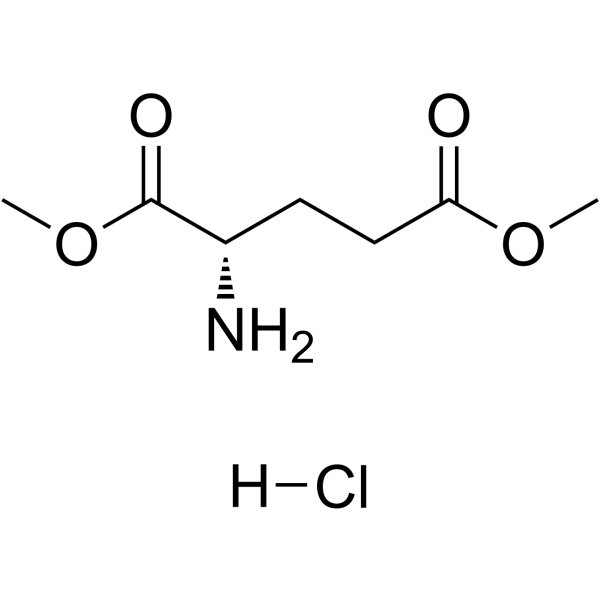Glutamatergic and serotonergic mechanisms in the dorsal facial area for common carotid artery blood flow control in the cat.
Chi-Li Gong, Nai-Nu Lin, Jon-Son Kuo
文献索引:Auton. Neurosci. 101(1-2) , 85-90, (2002)
全文:HTML全文
摘要
This study explored which subtyes of glutamate receptors in the dorsal facial area are involved in the interaction between glutamatergic and serotonergic actions in controlling common carotid arterial blood flow. Microinjection of glutamate (25-100 nmol), N-methyl-D-aspartate (NMDA; 1-4 nmol), or alpha-amino-3-hydroxy-5-methylisoxazole-4-propionic acid (AMPA; 0.5-2 nmol) into the dorsal facial area dose-dependently increased common carotid arterial blood flow. The potency order was AMPA>NMDA>glutamate. The glutamate-induced increase in common carotid arterial blood flow was reduced by pretreatment with either D-2-amino-5-phosphonopentanoate (D-AP5; 2.5-5.0 nmol), or glutamate diethylester (25-50 nmol). The common carotid arterial blood flow was increased by ketanserin (1.0 nmol) and decreased by (+/-)-1-(2, 5-dimethoxy-4-iodophenyl)-2-aminopropane (1.0 nmol). Both effects were attenuated by pretreatment with either D-AP5 or glutamate diethylester. We conclude that activation of both NMDA and AMPA receptors in dorsal facial area is responsible for the increase in common carotid arterial blood flow, and AMPA receptor may play a greater role. Such response may be suppressed by 5-HT2 action.
相关化合物
| 结构式 | 名称/CAS号 | 分子式 | 全部文献 |
|---|---|---|---|
 |
L-谷氨酸二甲酯盐酸盐
CAS:23150-65-4 |
C7H14ClNO4 |
|
Effects of the methyl esters of pyruvate, succinate and glut...
1996-03-01 [Pharmacol. Res. 33(3) , 191-4, (1996)] |
|
Potentiation and prolongation of the insulinotropic action o...
2001-11-01 [Endocrine 16(2) , 113-6, (2001)] |
|
Spectrum of toxicities of amino acid methyl esters for myelo...
1992-02-15 [Blood 79(4) , 964-71, (1992)] |
|
Implication of glutamate in the kinetics of insulin secretio...
2002-02-01 [Diabetes 51 Suppl 1 , S99-102, (2002)] |
|
Preparation of membrane vesicles from kidney cortex lysosome...
1993-08-01 [Biochem. Mol. Biol. Int. 30(6) , 1005-11, (1993)] |